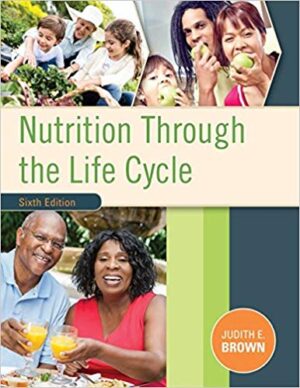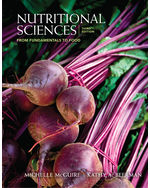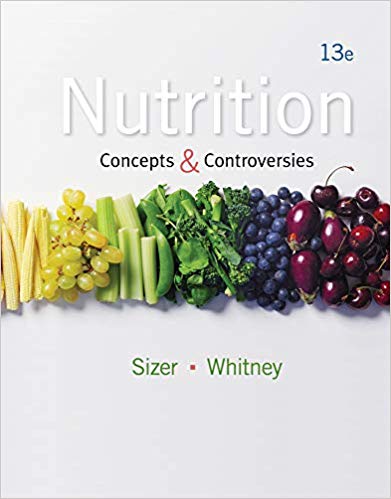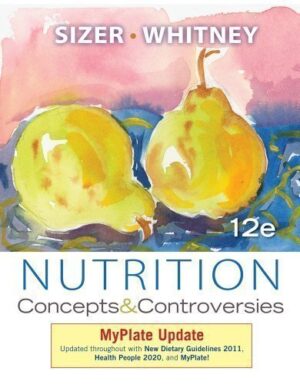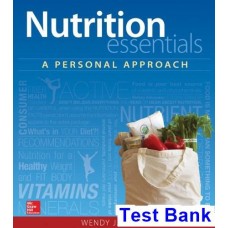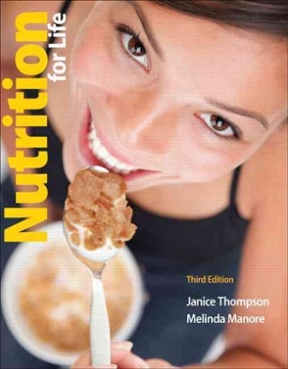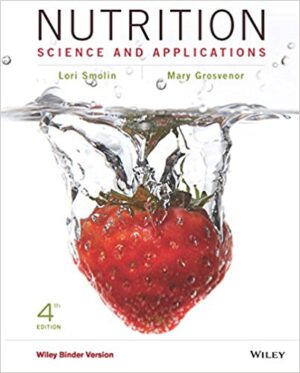Nutritional Foundations and Clinical Applications A Nursing Approach 6th Edition – Test Bank
Do you need test banks fast? eTestBank.net is the best test bank website for you! Download your test bank right after you pay. No waiting!
Why eTestBank.net is Great:
✅ Instant Download:
Get your test bank right away after payment.
✅ Unlimited Downloads:
Download your test bank anytime and as many times as you want.
✅ 24/7 Live Help:
We are here to help you all day, every day.
✅ Guaranteed Delivery:
If you don’t get the download right away, we will send it to you in 3 to 6 hours.
How to Get Your Test Bank:
- Pick Your Test Bank: Choose from many test banks.
- Pay Safely: Pay securely on eTestBank.net.
- Download Instantly: Get your test bank immediately after payment.
- Download Anytime: Unlimited downloads whenever you need them.
Need Help? Contact Us:
📧 Email: [Support@etestbank.net]
📱 WhatsApp: [https://wa.me/message/MC222DLQ4GDXL1r]
Didn’t Get Your Download?
Don’t worry! If you don’t get the file right away, we’ll send it to you in 3 to 6 hours. Need it sooner? Contact us by email or WhatsApp.
💡 Buy now from eTestBank.net for instant downloads, unlimited access, and 24/7 support—get your test bank today!
Chapter 04: Carbohydrates
Grodner and Escott-Stump: Nutritional Foundations and Clinical Application: A Nursing Approach, 6th Edition
MULTIPLE CHOICE
1. The primary function of carbohydrates in the body is to provide
|
a. |
sweetness. |
|
b. |
satiety. |
|
c. |
energy. |
|
d. |
dietary fiber. |
ANS: C
The most important function of carbohydrates in the body is to provide energy. Unrefined sources of carbohydrates do provide dietary fiber, but refined carbohydrates do not. Similarly, unrefined carbohydrates may add to satiety, but refined carbohydrates contribute less to satiety than do protein and fat. Simple carbohydrates provide sweetness; this is pleasant but not essential to the body.
DIF: Cognitive Level: Remembering REF: Page 51 | Page 54 | Pages 58-59 | Pages 64-66
TOP: Nursing Process: Planning MSC: Client Needs: Health promotion and maintenance
2. Fructose, galactose, and glucose are examples of
|
a. |
disaccharides. |
|
b. |
polysaccharides. |
|
c. |
monosaccharides. |
|
d. |
complex carbohydrates. |
ANS: C
Fructose, galactose, and glucose each consist of a single carbohydrate unit and are therefore monosaccharides. Disaccharides consist of two carbohydrate units; polysaccharides and complex carbohydrates consist of several carbohydrate units.
DIF: Cognitive Level: RememberingREF: Pages 53-54 | Page 58
TOP: Nursing Process: Assessment MSC: Client Needs: Health promotion and maintenance
3. The sweetness in a banana comes mostly from
|
a. |
fructose and sucrose. |
|
b. |
fructose and glucose. |
|
c. |
glucose and maltose. |
|
d. |
maltose and sucrose. |
ANS: A
The most common sugars found naturally in fruits such as bananas are fructose and sucrose. It may also contain some glucose, but this contributes less to the sweetness. Fructose is the sweetest of the sugars, and so it contributes most to the sweetness. Maltose is found only in germinating grains or as a product of partial starch digestion in the gut.
DIF: Cognitive Level: Applying REF: Pages 53-54 | Pages 58-59
TOP: Nursing Process: Assessment MSC: Client Needs: Health promotion and maintenance
4. A blood glucose level of 60 mg/dL is considered
|
a. |
inconclusive. |
|
b. |
representative of hypoglycemia. |
|
c. |
representative of normoglycemia. |
|
d. |
representative of hyperglycemia. |
ANS: B
The normal range for blood glucose level is 70 to 100 mg/dL. Therefore, 60 mg/dL is considered to represent hypoglycemia.
DIF: Cognitive Level: ApplyingREF: Page 57
TOP: Nursing Process: Assessment MSC: Client Needs: Physiological integrity
5. In comparison with table sugar (sucrose), honey tastes _____ because it contains _____.
|
a. |
sweeter; fructose |
|
b. |
sweeter; maltose |
|
c. |
less sweet; fructose |
|
d. |
less sweet; maltose |
ANS: A
Honey is sweeter than table sugar because it contains fructose, the sweetest of all the sugars. Maltose is less sweet than table sugar and is not found in honey; it is found only in germinating grains and as a product of partial starch digestion.
DIF: Cognitive Level: ApplyingREF: Pages 54-56 | Page 58
TOP: Nursing Process: Planning MSC: Client Needs: Health promotion and maintenance
6. Someone who follows a strict vegetarian (vegan) diet and eats very few refined foods is likely to have _____ intake of _____ carbohydrates and dietary fiber.
|
a. |
low; complex |
|
b. |
high; complex |
|
c. |
low; simple |
|
d. |
high; simple |
ANS: B
Strict vegetarian diets contain only plant foods that have high levels of carbohydrates. Refined foods contain more simple sugars and some starch. Unrefined foods contain mostly complex carbohydrates and fiber. Therefore, someone who follows a strict vegetarian diet and eats very few refined foods is likely to have a high intake of complex carbohydrates and dietary fiber.
DIF: Cognitive Level: Applying REF: Pages 52-53 | Page 62 | Pages 64-65 | Page 68
TOP: Nursing Process: Assessment MSC: Client Needs: Health promotion and maintenance
7. A person would be most likely to produce excessive ketones if his or her food intake that day consisted only of
|
a. |
green salad with oil and vinegar dressing. |
|
b. |
refried pinto beans and rice. |
|
c. |
cheeseburgers and French fries. |
|
d. |
fried eggs with bacon and hash brown potatoes. |
ANS: A
Ketones are produced when insufficient carbohydrate is available and the body has to metabolize fat for energy. A green salad with oil and vinegar dressing provides energy from fat but minimal amounts of carbohydrates. In the other meals, carbohydrate is provided by beans, rice, the bun for the burger, and the potatoes used to make the fries and hash browns.
DIF: Cognitive Level: Applying REF: Page 54 | Page 57 | Page 63
TOP: Nursing Process: Assessment MSC: Client Needs: Physiological integrity


